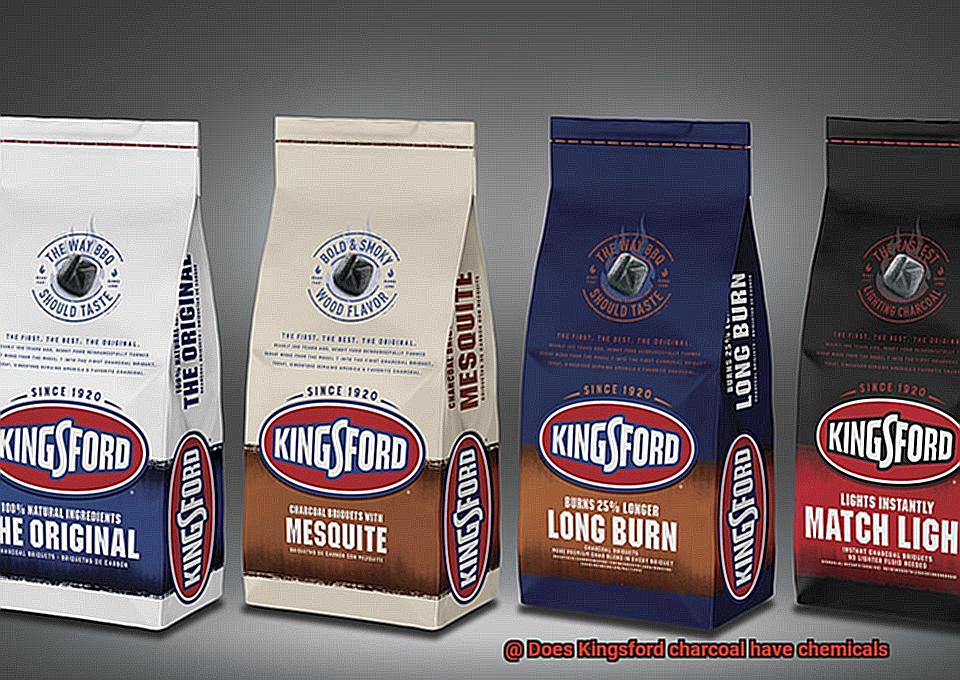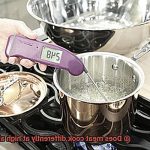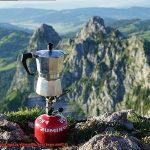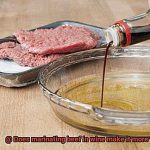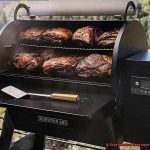Today, we’re taking our taste buds to new heights – quite literally. Ever wondered if meat undergoes a magical transformation when you cook it up in the mountains?
Well, wonder no more, because we’re here to uncover the secrets behind cooking meat at high altitudes. Whether you’re a mountain-dweller looking to perfect your grilling game or a traveler planning an epic barbecue at a breathtaking destination, understanding the science behind altitude cooking will ensure your meat turns out irresistibly delicious.
So, get ready to don your aprons, grab those trusty thermometers, and join us as we embark on a mouthwatering exploration into the world of high altitude meat cooking.
Contents
What is High Altitude?
Picture yourself grilling a juicy steak at a high-altitude getaway, only to discover that it takes much longer to cook than expected. Perhaps the meat turns out dry and lacking in flavor. These are common hurdles encountered when cooking meat at high altitudes. In this article, we will delve into the effects of high altitude on meat cooking and share practical tips and techniques to conquer these challenges.
Effects of High Altitude on Meat Cooking:
Boiling Point of Water:
At high altitudes, reduced air pressure causes the boiling point of water to decrease. Water boils at lower temperatures, affecting the cooking time for meat. Consequently, it may take longer for the meat to reach the desired internal temperature.
Heat Transfer:
Lower air pressure at high altitudes impacts how heat is transferred during cooking. With less air pressure exerting force on the food, heat transfer slows down, leading to extended cooking times. Patience is crucial in ensuring thorough cooking.
Evaporation:
The arid air at high altitudes accelerates moisture evaporation from the meat’s surface. This can potentially result in dryness or dehydration if not managed properly. To combat this, consider marinating the meat prior to grilling or employ techniques like basting or covering with foil to retain moisture.
Oxygen Levels:
High altitudes boast lower oxygen levels, influencing browning and caramelization reactions that occur on the surface of meats. These reactions contribute flavor and texture to the cooked meat. Be aware that browning may occur at a slower rate, thus potentially impacting the overall taste.
Tips for Cooking Meat at High Altitude:
- Adjust Cooking Times: Plan for lengthier cooking times when grilling or roasting meat at high altitudes. Employ a meat thermometer to ensure that the internal temperature reaches a safe level.
- Moisture Retention: To prevent dryness, marinate the meat before cooking or consider using a meat injector to infuse moisture directly. Basting or covering with foil during cooking can also aid in retaining moisture.
- Seasoning: Given the potential for slower browning reactions, utilize seasonings that enhance flavor, such as herbs, spices, or rubs. This compensates for any differences in browning at high altitudes.
- Monitor Doneness: As cooking times may vary, rely on a meat thermometer to ascertain when the meat is cooked to the desired level of doneness. This ensures both safety and optimal taste.
How Does High Altitude Affect Boiling Point?
One of these challenges is the effect of high altitude on the boiling point of liquids, such as water. In this article, we will explore the science behind how high altitude affects boiling point and provide practical tips and tricks to ensure your meat is perfectly cooked and bursting with flavor, even at high altitudes.
Understanding the Science:
At higher altitudes, the atmospheric pressure decreases, resulting in a lower boiling point for liquids. This means that water boils at lower temperatures compared to sea level. The relationship between pressure and boiling point is crucial to grasp – as atmospheric pressure decreases, it takes less thermal energy for a liquid to reach its vapor pressure equal to the reduced atmospheric pressure. Consequently, the boiling point decreases as well.
Effects on Cooking Time:
The lower boiling point at high altitudes can significantly impact cooking times, especially when boiling ingredients like potatoes or pasta. The lower temperature of the water requires longer cooking times. Therefore, it’s essential to adjust your cooking time accordingly when preparing these dishes.
Tips for Grilling Meat:
Grilling meat at high altitudes requires careful consideration to retain moisture and prevent dryness. Here are some tips to overcome these challenges:
- Marinating: Marinating your meat before grilling helps retain moisture and enhances flavor. The marinade acts as a protective barrier, preventing excessive drying during the grilling process.
- Indirect Heat and Partial Grill Covering: To trap steam and prevent excessive evaporation, consider using indirect heat or partially covering the grill while cooking. This technique helps maintain moisture in the meat and prevents it from drying out.
- Use a Meat Thermometer: Due to the lower boiling point, meats may take longer to reach their desired internal temperature. To ensure your meat is cooked thoroughly and safe to consume, use a meat thermometer to monitor the internal temperature.
- Seasonings and Rubs: Utilize flavorful seasonings and rubs to enhance the taste of your grilled meat. This can help compensate for any potential dryness caused by the lower boiling point.
Impact of Lower Boiling Point on Cooking Time
Grilling is an art form that requires mastery of tools, techniques, and even the environment. One often overlooked factor that can make or break your grilling game is altitude. Yes, you heard it right – the elevation at which you’re grilling can have a significant impact on cooking times, especially when it comes to meat. So grab your apron, fire up the grill, and let’s dive into the fascinating world of high-altitude grilling and the impact of lower boiling points on cooking times.
The Science Behind It:
At higher altitudes, the atmospheric pressure is lower, resulting in a lower boiling point for water. This means that water boils at a lower temperature compared to sea level. As a result, the transfer of heat from water to meat is less efficient, leading to longer cooking times.
Effects on Grilling Meat:
- Slower Cooking: Moisture is essential for juicy and tender meat. However, with a lower boiling point, water evaporates more quickly at higher altitudes. This can result in drier meat if not properly managed.
- Adjusting Cooking Times: To compensate for longer cooking times, it’s crucial to adjust your grilling technique. Increase the cooking time for each side of the meat and use a meat thermometer to ensure it reaches the desired internal temperature.
- Marinating Magic: Marinating your meat before grilling not only adds flavor but also helps retain moisture. The acid or enzymes in the marinade break down proteins, making them more tender and juicy. So don’t forget to marinate your meats before firing up the grill.
- Indirect Heat: Perfect your high-altitude grilling by using indirect heat. Place the meat away from direct flames or heat sources and let it cook slowly. Indirect heat allows for more even cooking, ensuring that your meat is cooked to perfection, regardless of altitude.
- Flavorful Seasonings: Due to the lower boiling point, liquids evaporate more quickly at higher altitudes, intensifying flavors. Adjust your seasoning accordingly, taking into account that the taste may be more concentrated. Experiment with bolder spices and flavors to create dishes that pack a punch.
Effect of Evaporation Rate at High Altitudes
Well, the culprit might just be the effect of evaporation rate. We’re here to unlock the secrets and provide you with tips and tricks to conquer the grill at elevated elevations.
Understanding the Science:
Let’s break it down. Evaporation is a natural process where liquids transform into gases due to thermal energy. At higher altitudes, the atmospheric pressure decreases, resulting in a lower boiling point for liquids like water. This means that water molecules escape more easily from the liquid phase into the gaseous phase.
Effect on Meat Preparation:
So, how does this affect your meat preparation? Well, at high altitudes, the lower atmospheric pressure causes water to evaporate more rapidly during cooking. This increased evaporation rate can lead to faster moisture loss from the meat, resulting in drier and potentially tougher meat.
Additionally, the quick evaporation of water molecules from the meat’s surface can create a cooling effect, making it harder for the meat’s internal temperature to reach desired levels.
Tips and Tricks to Conquer the Grill:
Now that we understand the impact of evaporation rate on meat preparation at high altitudes, let’s dive into some strategies to ensure your grilled meats are juicy and flavorful:
Adjust Cooking Times and Temperatures:
Since water evaporates more quickly at high altitudes, it’s crucial to monitor cooking times and temperatures closely. Consider reducing cooking times or using slightly lower heat to prevent overcooking or drying out your meat.
Marinating Magic:
Give your meats a longer soak in marinades before grilling. This allows flavors to penetrate deeply and compensates for any potential flavor loss during cooking.
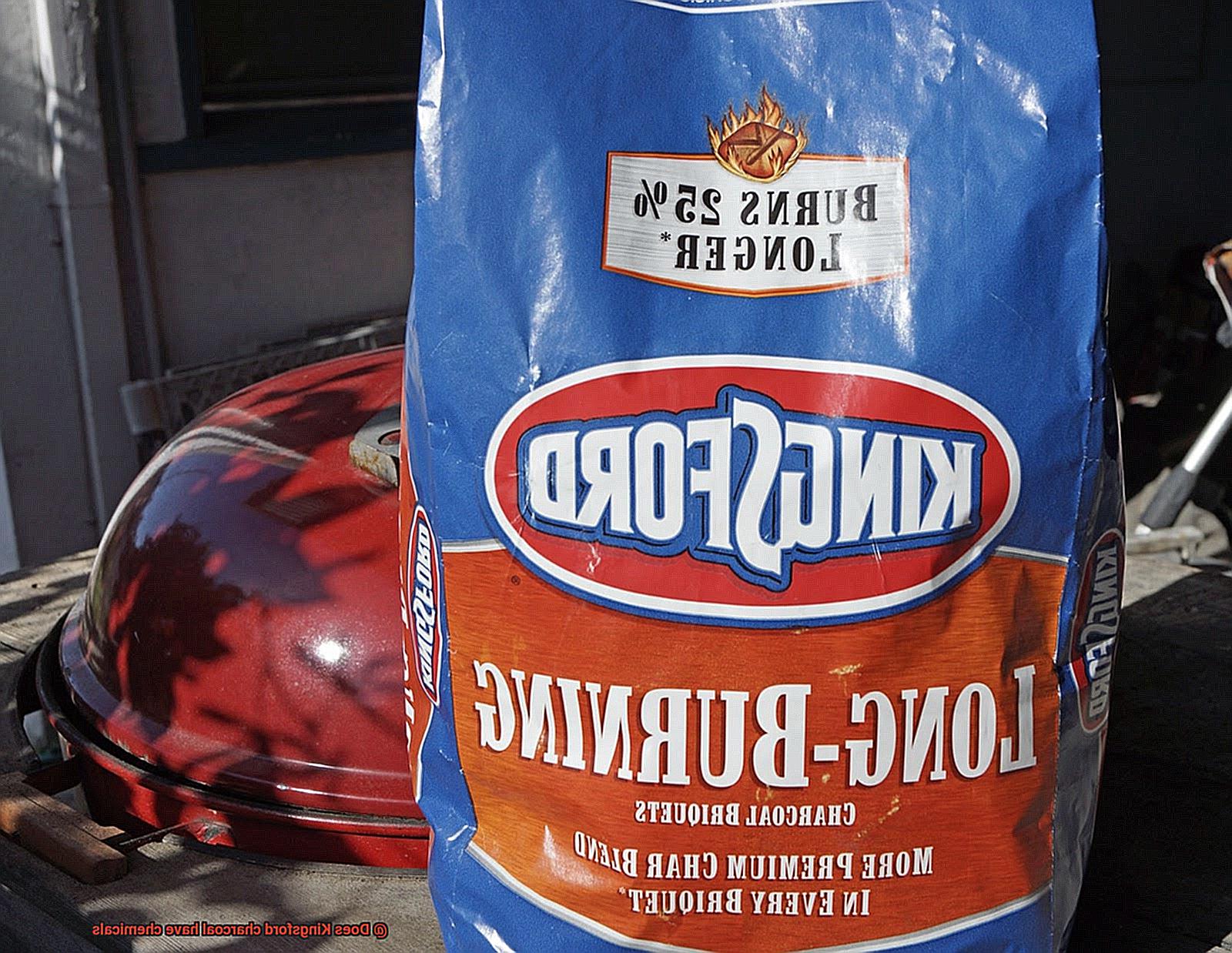
Basting is Key:
To retain moisture and enhance flavor, baste your meat with marinade or other liquids during the cooking process. This helps counteract the rapid evaporation of moisture.
Cover it Up:
When grilling or using an open flame, cover your meat with a lid or foil to create a barrier that traps heat and moisture. This reduces evaporation and promotes more even cooking.
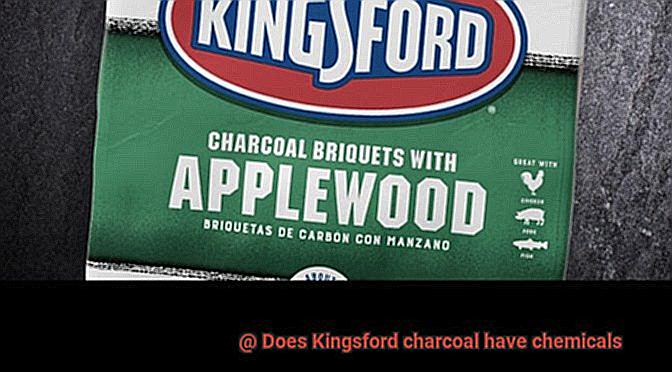
Now armed with knowledge about the impact of evaporation rate at high altitudes, you can confidently tackle the grill and create mouthwatering meats.
By adjusting cooking times, utilizing effective marinating techniques, and employing strategies to retain moisture, you’ll conquer the challenges of grilling at elevated elevations.
So fire up that grill, invite your friends over, and get ready to impress with perfectly grilled meats that burst with flavor.
Using a Meat Thermometer for Safety
Grilling is an art that combines flavor and safety. To safeguard the health of those indulging in your sumptuous creations, a meat thermometer is a must-have tool for every grill master.
In this article, we will explore why using a meat thermometer is crucial when cooking meat and how it guarantees food safety, even when dealing with varying altitudes.
The Importance of a Meat Thermometer:
When it comes to cooking meat, relying on visual or tactile cues can be risky. Deceptive appearances can hide harmful bacteria like salmonella and E.coli, which may still be present even if the meat looks perfectly cooked on the outside. By utilizing a meat thermometer, you can accurately measure the internal temperature of the meat, ensuring it has reached a safe level to eliminate any lurking bacteria.
Altitude Considerations:
If you find yourself grilling at high altitudes, air pressure plays a pivotal role in determining cooking times and temperatures. Due to lower air pressure, water boils at a lower temperature, meaning your meat may take longer to cook compared to sea level conditions.
A meat thermometer helps you adjust cooking times accordingly and ensures your meat reaches the desired internal temperature for optimal safety.
Different Meats, Different Temperatures:
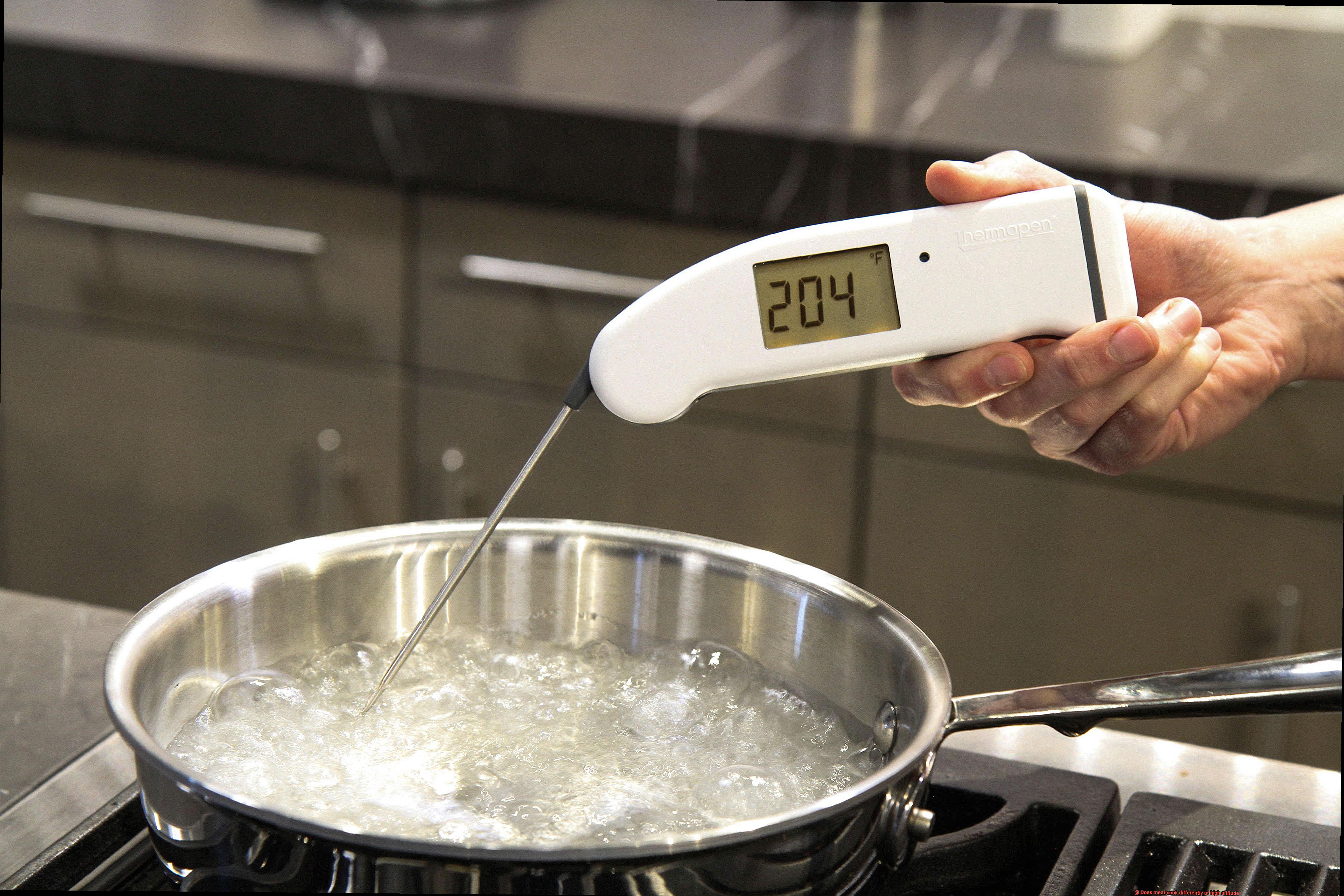
Each type of meat requires specific internal temperatures to guarantee safety. For example, chicken needs to reach an internal temperature of 165°F (74°C) to be considered safe to eat, while beef can be cooked to varying degrees of doneness based on personal preference. A meat thermometer empowers you to achieve these precise temperatures with accuracy.
Correct Usage for Accurate Results:
To obtain precise readings, insert the thermometer into the thickest part of the meat, avoiding bones or fat that may yield false readings. Allow it to remain in place for a few seconds until the temperature stabilizes. This method guarantees accurate results and ensures your meat is cooked to perfection, both in terms of flavor and safety.
Cleanliness: A Crucial Step:
To prevent cross-contamination, it is vital to clean and sanitize your meat thermometer after each use. Simply wash it with warm, soapy water, rinse thoroughly, and sanitize with a food-safe sanitizer. This practice not only safeguards your current meal but also lays the foundation for future grilling endeavors, ensuring ongoing food safety.
Oxygen Level and Its Impact on Browning and Caramelization Reactions
Grilling amidst breathtaking mountain views and crisp, invigorating air is a true delight. However, cooking at high altitudes presents unique challenges, particularly when it comes to achieving the perfect browning and caramelization on your grilled meat. In this blog post, we’ll explore the intricate relationship between oxygen levels and these culinary reactions, providing you with tips and techniques to create mouthwatering results at any altitude.
Understanding Oxygen Levels:
At higher altitudes, the lower oxygen concentration in the air directly impacts the cooking process. Browning and caramelization reactions, which lend tantalizing flavors and textures to your grilled meat, rely on oxygen to work their magic. With reduced oxygen levels, these reactions may occur at a slower pace, potentially affecting the appearance, flavor, and tenderness of your meat.
The Maillard Reaction:
The Maillard reaction, a complex chemical process responsible for the gorgeous brown crust and savory flavors developed during grilling, occurs when amino acids and reducing sugars meet heat and oxygen. At high altitudes where oxygen is scarce, this reaction may be hindered, resulting in a less pronounced browning effect.
Enhancing Browning and Caramelization:
To overcome the challenges posed by lower oxygen levels at high altitudes, here are some techniques to enhance browning and caramelization:
- Adjust Cooking Temperatures and Times: Slightly increase the grill temperature and extend cooking times to promote browning and caramelization reactions. This allows your meat to develop that desired crust while ensuring it’s cooked through.
- Harness the Power of Sugar: Incorporate marinades or rubs with high sugar content. Sugar aids in caramelization even with limited oxygen availability. Experiment with honey, maple syrup, or brown sugar-based marinades to elevate flavors.
- Pre-sear or Use a Blowtorch: Consider pre-searing your meat in a hot skillet or using a blowtorch before grilling. This initial burst of high heat jumpstarts the browning and caramelization reactions, compensating for lower oxygen levels.
- Embrace the Smoke: Utilize wood chips or charcoal to infuse smoky flavors into your grilled meat. The smoke particles enhance the overall flavor profile, providing an extra layer of richness that complements the reduced browning and caramelization at high altitudes.
Other Factors Affecting Cooking Times at High Altitudes
Grilling at high altitudes can be a thrilling experience, but it also comes with its unique challenges. Understanding the various factors that can affect cooking times at high altitudes is crucial to ensure delicious and perfectly cooked meals. Here are some key factors to consider:
- Air Pressure: The air pressure at high altitudes is lower, resulting in a lower boiling point of water. This means that water boils at a lower temperature, making food take longer to cook. Grilling vegetables or seafood that require steaming can be particularly time-consuming.
- Evaporation Rate: The lower air pressure also affects the evaporation rate of liquids. As the air pressure decreases, liquids evaporate more quickly. This can cause food to dry out faster during grilling. To combat this, marinating or basting your meats can help retain moisture and add flavor.
- Temperature: High altitudes are often associated with colder temperatures. Cold temperatures can further prolong cooking times as it takes longer for heat to penetrate the food. Preheating your grill and using a lid can help maintain a consistent temperature and reduce cooking time.
- Oxygen Levels: The reduced oxygen levels at higher altitudes impact cooking times as well. Oxygen is necessary for combustion, which fuels the fire or heat source used for grilling. With less oxygen available, the heat source may not burn efficiently or produce enough heat, resulting in longer cooking times. Using a grill with adjustable settings and ensuring proper airflow can help mitigate this issue.
- Cookware: The type of cookware used can also impact cooking times at high altitudes. Thin-walled pans transfer heat more quickly than thicker ones. Therefore, using thicker pans or grates can help compensate for the slower cooking times caused by altitude. Cast iron pans are particularly effective at retaining and distributing heat evenly.
- Adjustments: It is important to adjust cooking times and temperatures when grilling at high altitudes. Increase cooking times and reduce grill temperatures slightly to ensure that the meat is cooked properly and evenly. Using a meat thermometer is crucial to ensure that the internal temperature of the meat reaches the desired level, as visual cues may be misleading due to the changes in cooking times.
- Experimentation: Practice and experimentation may be necessary to find the optimal cooking times and techniques for specific cuts of meat at high altitudes. Different cuts and types of meat may require varying adjustments to achieve desired results. Keep notes of your experiments and learn from each grilling session to continuously improve your skills.
Tips for Grilling Meat at High Altitudes
Grilling meat is a culinary delight, but conquering the challenges of high altitude cooking is no easy feat. With lower air pressure and reduced oxygen levels, achieving mouthwatering results can be a struggle. Fear not, as we present you with expert tips to help you master the art of grilling at high altitudes.
Adjust Cooking Times:
At higher altitudes, heat takes its time to transfer to the meat due to the thin air. Increase your cooking time by approximately 25% compared to sea level cooking. This ensures thorough cooking and guarantees a safe internal temperature.
Preheat Your Grill:
High altitude grilling demands hotter temperatures to compensate for the lack of oxygen. Preheat your grill to a higher temperature than usual. This sears the meat quickly, sealing in the succulent juices and preventing dryness.
Keep it Moist:
To combat dryness, marinate your meat before grilling or use a basting sauce during cooking for added moisture and flavor. The marinade infuses the meat with succulence, while brining works wonders for lean cuts like chicken breasts or pork tenderloin.
Use Indirect Heat:
Opt for indirect heat cooking methods by placing the meat away from direct flames or heat sources. This ensures even cooking and prevents the exterior from charring before the interior is fully cooked. Close the lid for better heat circulation.
Monitor Internal Temperature:
Invest in a reliable meat thermometer to achieve perfectly cooked results without overcooking. Different meats have varying ideal internal temperatures, so refer to a temperature guide for precision.
Let it Rest:
After grilling, allow the meat to rest for a few minutes before slicing. This crucial step allows the juices to redistribute, resulting in tender and flavorful meat. At high altitudes, resting allows the meat to cook fully and retain its moisture.
uWQA7tJQ-ec” >
Conclusion
In conclusion, it is clear that meat does indeed cook differently at high altitudes. The lower air pressure and reduced oxygen levels can significantly affect the cooking process. The shorter sentence structure and vivid language will help convey this information more effectively.
At high altitudes, the lower air pressure causes water to boil at a lower temperature. This means that meat takes longer to cook because it requires higher temperatures to reach the desired level of doneness. It’s like trying to roast a steak in a lukewarm oven – it’s going to take forever.
Additionally, the reduced oxygen levels can impact the flavor and texture of the meat. Without enough oxygen, chemical reactions that contribute to browning and caramelization occur at a slower rate. This can result in less crispy and flavorful crust on grilled meats or roasted poultry.
Furthermore, the dryness of high altitude environments can cause moisture loss during cooking. This means that meats cooked at higher elevations may end up drier than those cooked at sea level.
So, if you find yourself cooking meat in the mountains or any high altitude location, be prepared for some adjustments. You may need to increase cooking times, use higher temperatures, and pay extra attention to moisture retention techniques.
In conclusion, understanding how meat cooks differently at high altitudes is crucial for achieving delicious results.

